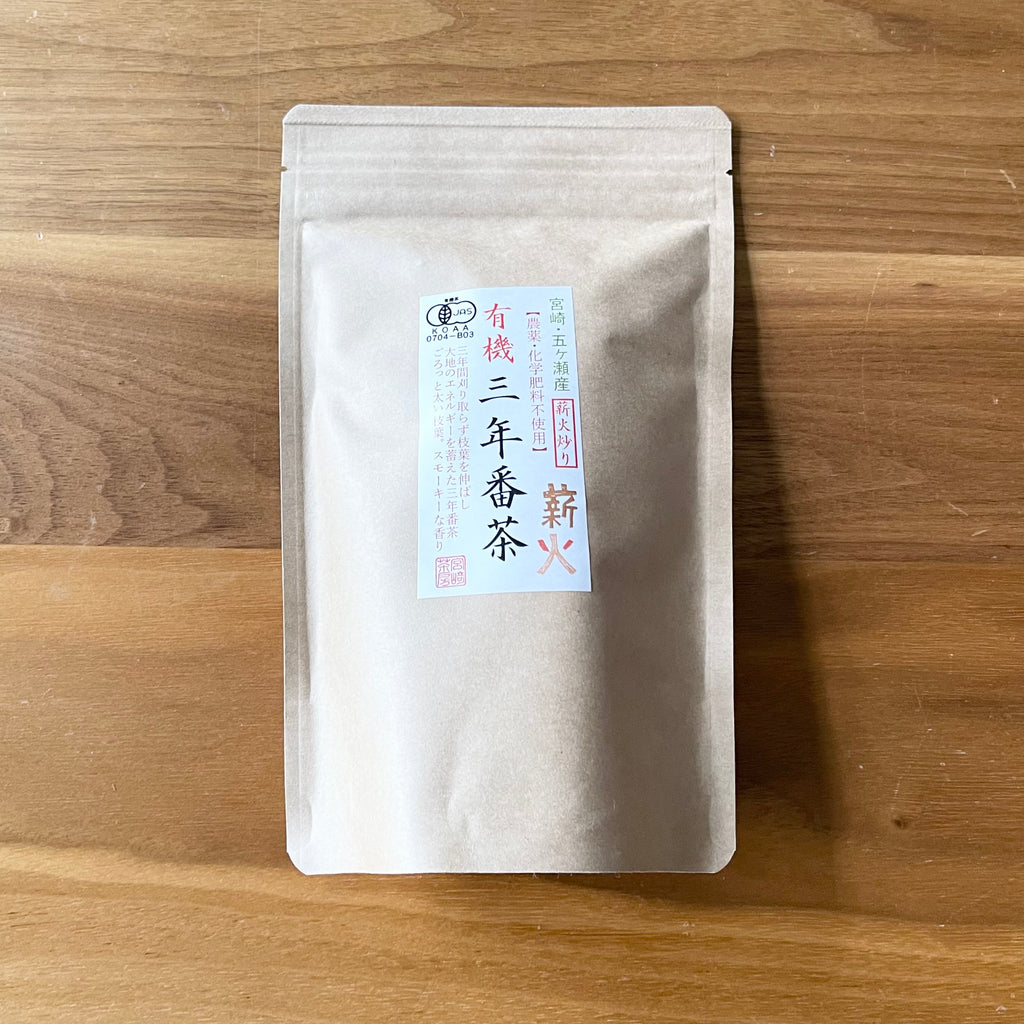Description
The most basic definition of bancha is tea made from leaves that have been allowed to grown to a very large size. As a result, this means it tends to be harvested in summer or autumn, and the leaves are both thick and have lost most of their theanine (so has very little umami flavor).
Processed as a green tea, it follows the same steaming, rolling and drying steps as sencha, but due to the large leaf size, the rolled leaves end up flat instead of a needle shape. The flavor tends to be very astringent, but has lower level of caffeine than spring harvested green teas.
It should be noted that “bancha” as a term is often used in Western Japan to mean roasted green tea. Non-roasted teas in this area are called Yanagi Bancha (yanagi referring to willow trees, as the shape of the dried leaf recalls the shape of willow leaves). In Kyoto especially, winter leaves (harvested in March) are roasted without rolling, creating a tea called Kyobancha.
There are also several folk teas grown in specific villages throughout Japan. These tend to be called bancha as well because their leaves are large, and harvested in autumn.
ORIGIN
Miyazaki, Japan
TEA TYPE
Bancha
BOILING TEMPERATURE
212°F (100°C)
STEEPING TIME
20 minutes on low fire after boiled
WEIGHT
Approx. 3.18 oz (90g)
PER SERVING
Approx. 0.1 oz (3g) per serving


